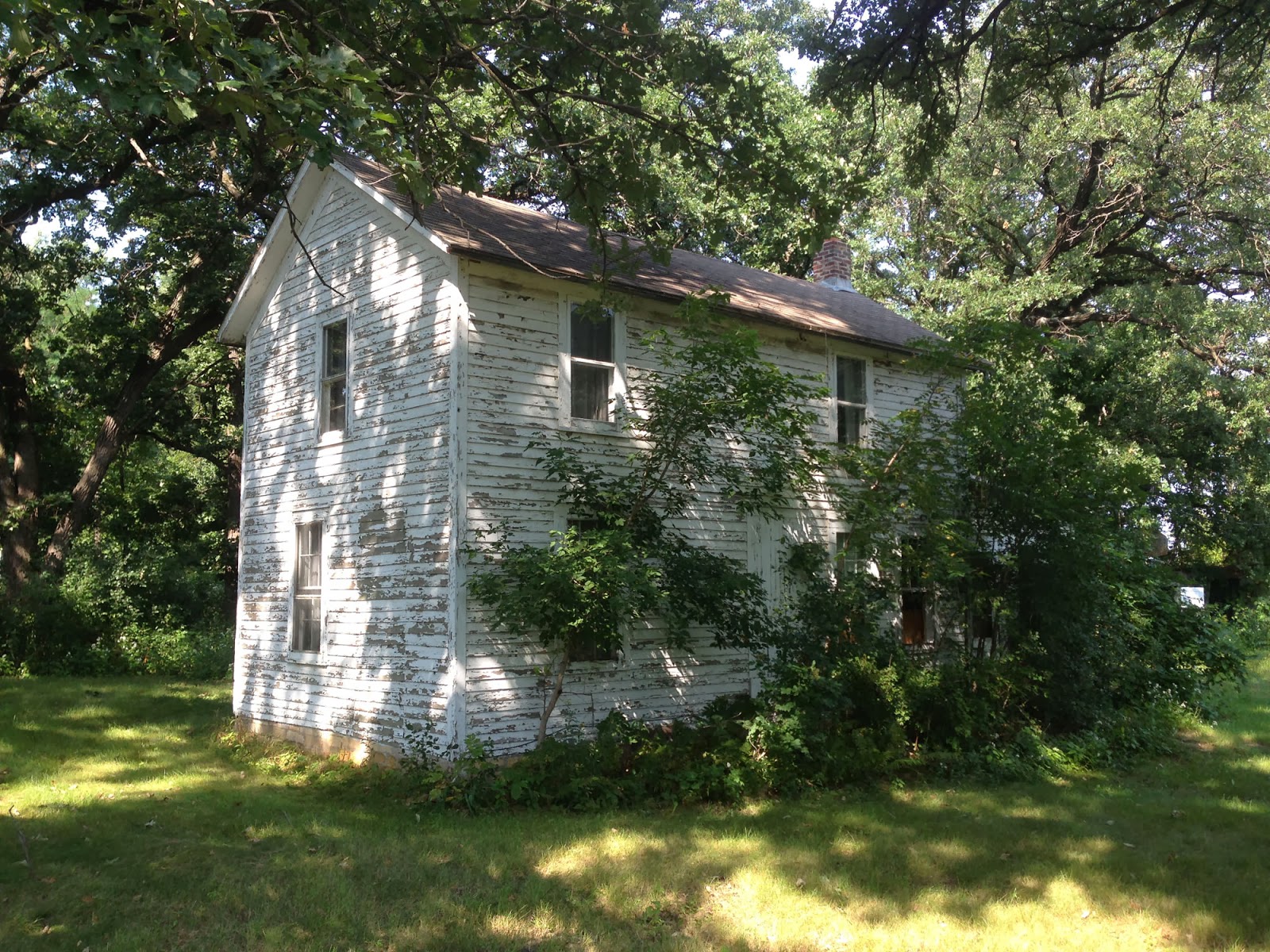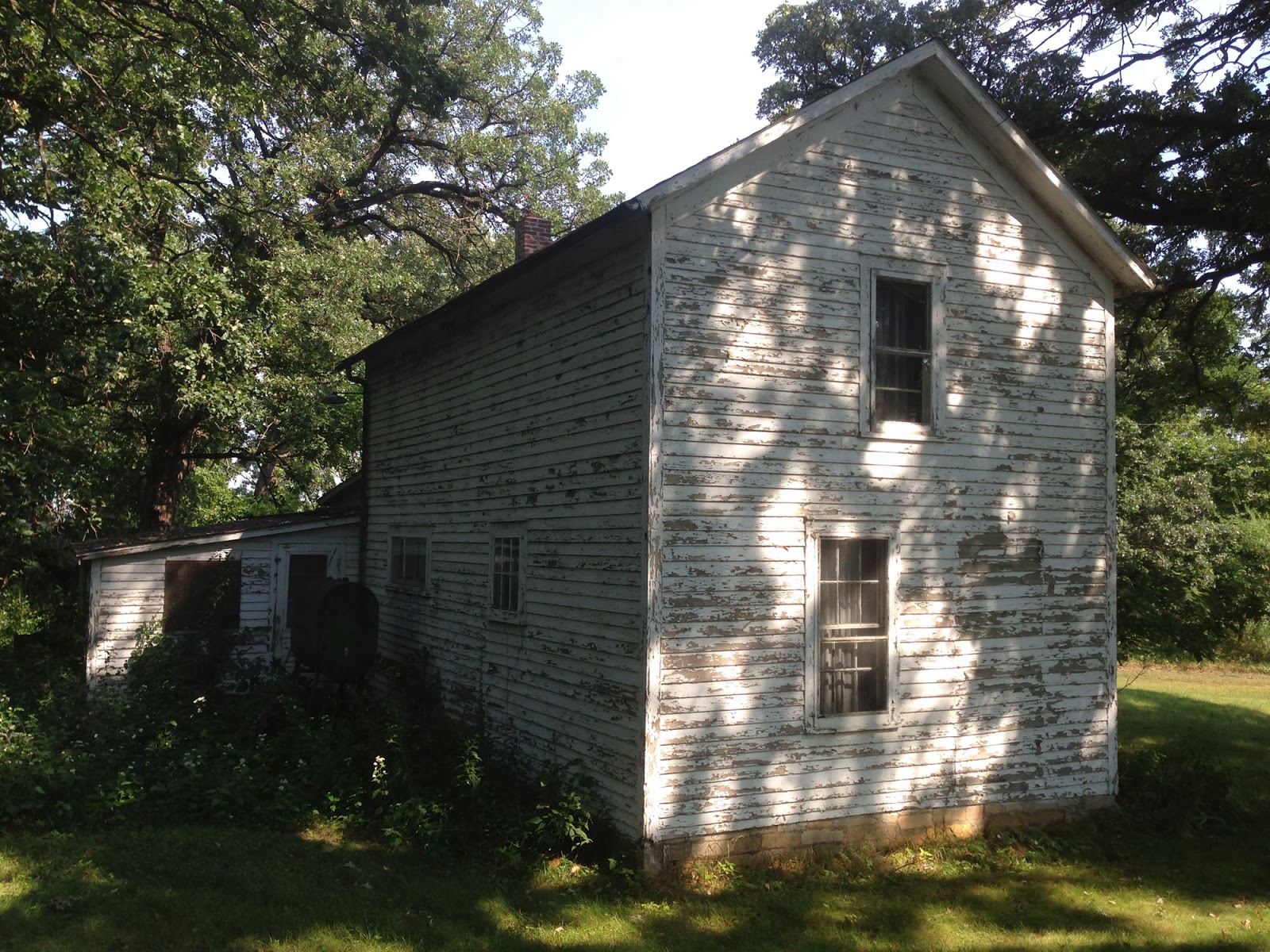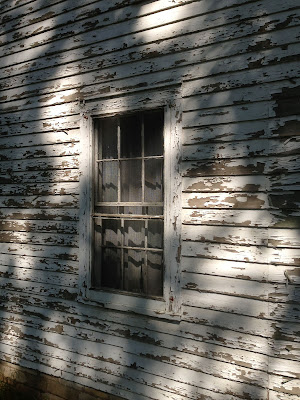When people think of 19th century houses they often imagine grand Queen Anne homes with towers, elaborate porches and oodles spindles, brackets and fretwork. However, if you read through my blog you might have noticed that there isn’t much devoted to high-style Victorian homes. I have, however, written a fair bit about more common houses. Perhaps this is because none of my ancestors lived in Victorian mansions with stylish appointments, cultured flower gardens and carriage houses. I suppose it makes some sense that I would have an affinity for the buildings that most American families called home. Today’s post is no exception as I devote a few lines to one of America’s most ubiquitous houses: The I-House.
The term “I-House” was coined by the cultural geographer Fred Kniffen who studied vernacular and folk architecture across eastern and southeastern United States. He used the term I-House because examples were commonly found in Midwestern states such as Iowa, Illinois and Indiana (thus the “I” in I-House) although the house evolved from earlier forms found along the eastern seaboard. These folk precedents, which had evolved from even earlier English folk forms such as the Hall-and-Parlor and Center Passage, provided the template for many, early house types in colonial and 19th century America such as the Salt Box and Cape Cod.
Hall-and Parlor houses were built early in the colonies and were direct descendants of English folk houses. They were rectangular in shape, two rooms wide and one room deep with a gabled roof.
The Center Passage form appeared later in the 18th century and was an evolved form of the earlier Hall-and-Parlor. Instead of the simple two-room footprint of the Hall-and-Parlor, the Center Passage had its two rooms separated by a central passage and stair. This symmetrical footprint was especially suitable for the classical designs of the Georgian Style commonly built during the last half of the 18th century. This symmetrical footprint also provided the template for the I-House which appeared during the 19th century in New England, Mid Atlantic and the Tidewater south.
The arrival of railroads and the influx of immigrants spread the I-House form into the old Northwest and across Mississippi Valley. The design was a favorite form for farmers and town dwellers alike. The developed form featured side gables, was two rooms in width, one room in depth and two stories in height. The facade is usually symmetrical although later additions such as kitchens were very common. Later, when railroads made the distribution of factory-made millwork possible, homeowners often added fashionable details such as brackets, scrolls and molding to the basic form.
I found this example of an I-House along the old Dodd Road between Kasota and Mankato, Minnesota. Sometimes the most complete examples of historic building types with the best integrity are abandoned. When houses are occupied people make changes so that it better suits modern lifestyles and usage. This means I spend quite a bit of time skulking about on side roads looking for derelict buildings such as this ca. 1875 house.
Although covered by vines and brush you can easily see the characteristic I-House form. Though the house has been abandoned for some time it remains in good condition, retaining a few of its original 6/6 windows. This example is quite plain with flat door and window casing and clapboard siding. The foundation is native Kasota limestone. Although it might not look like much, this is a representative example of a house type that sheltered many families through the hot midwestern summers and frigid winters.
The next time you are out for a drive in the countryside, stop for a bit and look around. I would bet you too will find a few examples of the I-House.






0 Comments